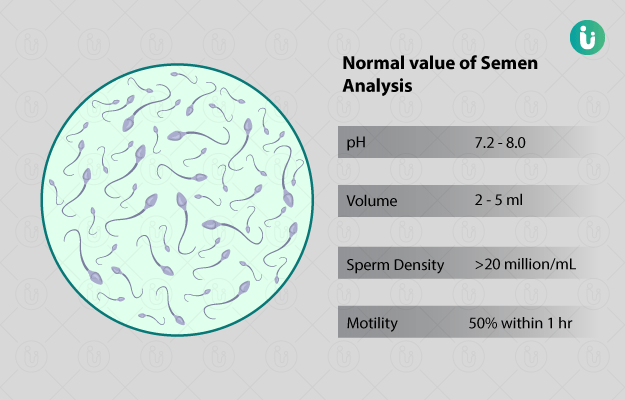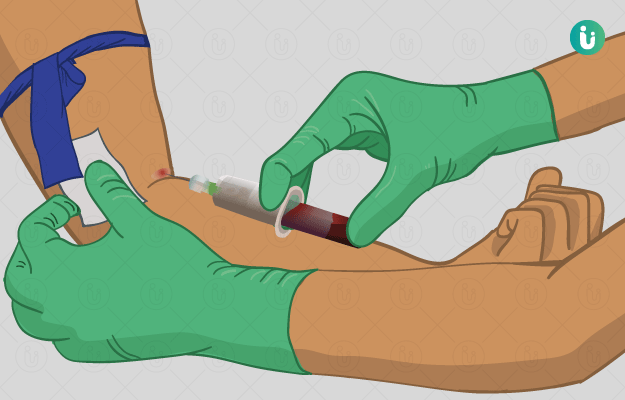What is a Dental Cone Beam CT?
Dental cone beam computed tomography (CT) is a type of x-ray imaging technique that produces three-dimensional (3-D) images of teeth, bones, soft tissues, and nerves of the face. It helps to diagnose disorders of the jaw, teeth, nasal cavity, bones of the face and sinuses (air spaces within bones).
Doctors ask for this test when they need precise information about the structures in your face or your dentition that could not be provided by a regular x-ray.
In this scan, a cone-shaped x-ray beam is moved around the person’s head to take multiple high-quality images of their facial and dental structures. These images are then combined to create a single 3-D image that is much more detailed.
Although the dental cone beam CT is not as useful as conventional CT scan in evaluating soft tissues, like the muscles and nerves, it has the advantage of lower radiation exposure compared to conventional CT.








































